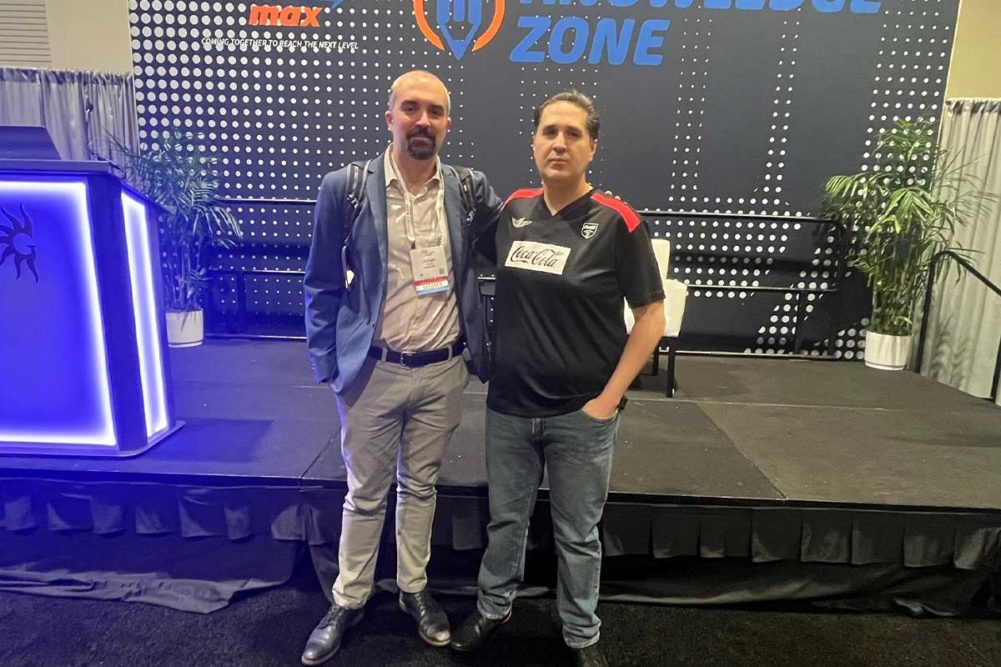ORLANDO, FLA. — Latin American consumers have gone through plenty in recent years, including a pandemic and price inflation that have dramatically altered their snacking habits and preferences.
At SNAXPO 2023, held March 19-21 in Orlando, Fla., Alejandro Prieto, Coca-Cola consumer and shopper insights director for Latin America, and Julian Frenk, head of commercial Latin America for NielsenIQ, highlighted the snack trends and consumer behaviors across the region.
Mr. Prieto noted that one of the biggest consumer shifts is the growing “snackification” of meals.
“Snacking has become a regular practice that takes place throughout the whole day,” he said.
Latin America consumers are increasingly replacing meals with snacking due to its on-the-go nature and added convenience. According to Mr. Prieto, 79% of survey respondents said their definition of a snack has changed in the last three years.
Mr. Frenk added that Latin American consumers today especially value snacks with brand transparency, including how and where food is grown, its environmental impact, how workers are treated and more.
“We see this becoming more and more important for consumers, and if you take this for granted, you might have a great product with great taste, but you will not acquire them,” he said.
Functional snacks have grown in popularity across the region as well, Mr. Prieto said, with 80% of consumers looking for snacks that meet physical and emotional needs such as reducing anxiety, promoting mental performance and brain health.
He added that younger consumers are increasingly seeking healthy and environmentally conscious snacks, including plant-based options and those made with sustainable ingredients and packaging.
At the same time, consumers still want to indulge and see snacks as an affordable and permissible reward they deserve. Mr. Prieto said that 85% of surveyed Latin American respondents eat at least one snack for sustenance and one snack for indulgence each day.
Mr. Frenk noted that brands who emphasize premium quality and nostalgia can be especially successful with their indulgent offerings. He shared the example of Marco Polo, a Santiago, Chile-based snack maker that debuted a peanut butter variety of its popular Cheeto-like snack last year. The offering quickly became the most important SKU in the company’s portfolio, as Marco Polo grew 49% the year following its release and peanut butter catapulted to the second most popular salty snack flavor.
“It’s a nostalgic product. Peanuts are very traditional, and they’re bringing it back with a premium flavor,” Mr. Frenk observed. “They wanted to gain protagonism in a category that is very much occupied already, but they saw a white space opportunity with a premium launch. The initiative was to be bold, they said ‘we need something disruptive here.’ “
“Glocal” snacks, or those featuring new flavors and ingredients from different countries or cultures, are also resonating with Latin American snackers. Vevey, Switzerland-based Nestle’s Kit-Kat brand, for example, launched two limited-edition flavors in Brazil and found immediate success, Mr. Frenk said, achieving $10.4 million in sales and attracting many new consumers.
While all these trends pose new opportunities for snack makers in Latin America, Mr. Frenk concluded that going to market with a product that tests well with consumers, regardless of its attributes, is most important.
“Ninety-five percent of innovations of products are going to market with suboptimal evaluations, meaning they tested, it didn’t go well and they launched it anyway,” he said. “They don’t last for over a year. While products that do the opposite and perform above average similar markets, you see 30% more volume sold in the first year.”






